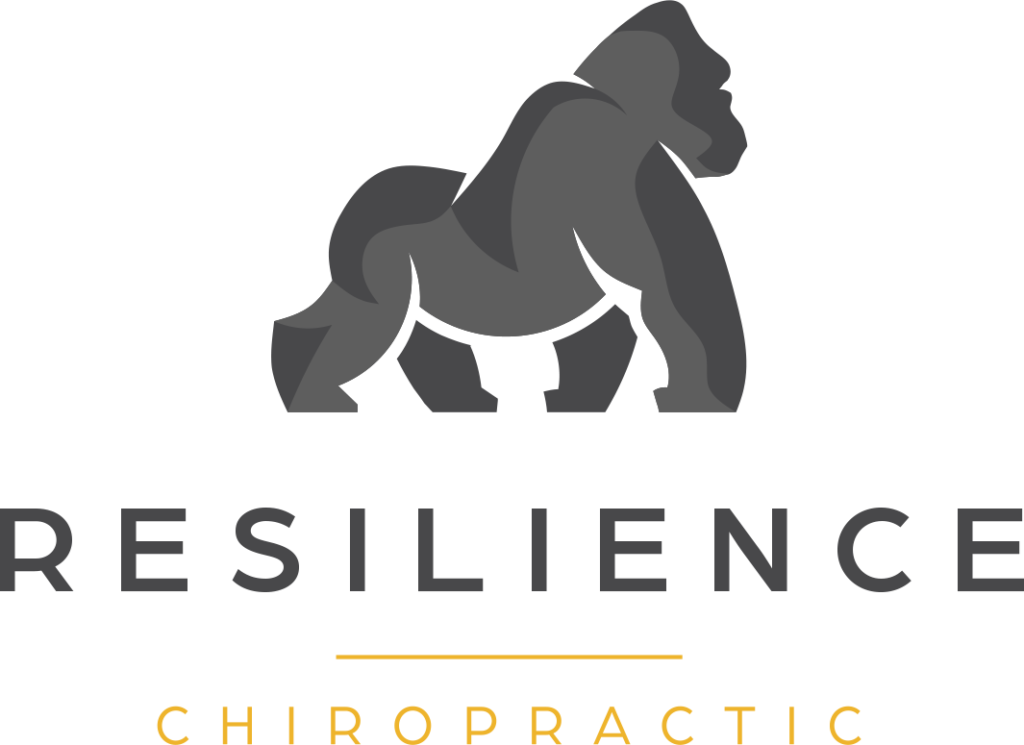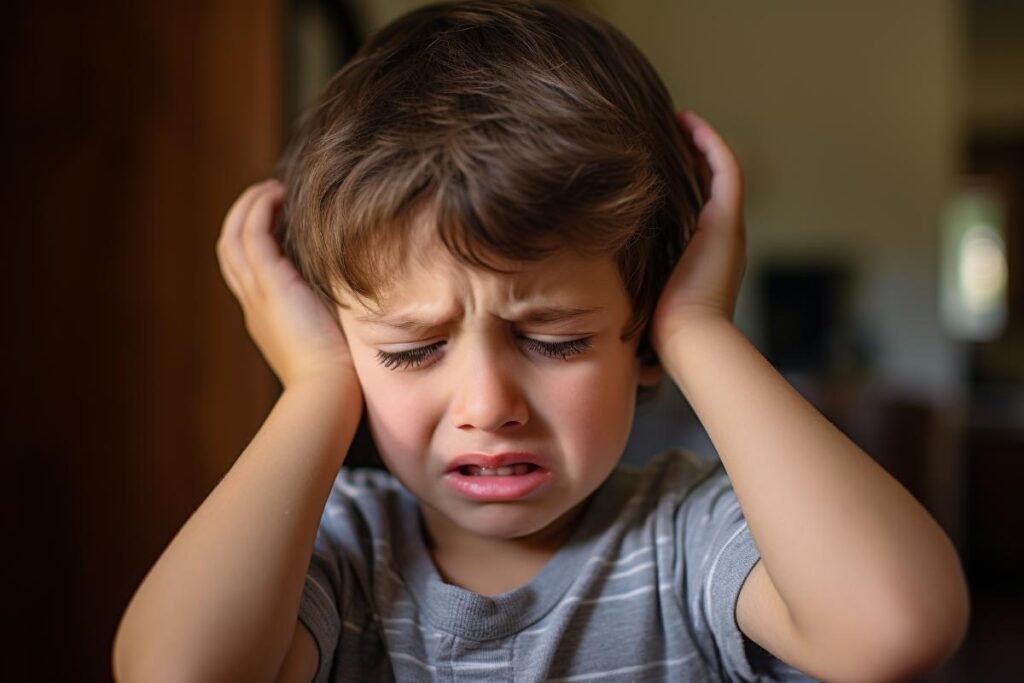Headaches are not just the plight of adults; children, too, suffer from this common disorder, which can significantly impact their daily activities and quality of life. In children, headache disorders present a complex challenge due to their varied causes and manifestations, ranging from mild discomfort to severe migraines that can disrupt school and play. Recognizing the symptoms and understanding the potential triggers are crucial steps in managing and treating these conditions effectively.
The causes of headache disorders in children are multifaceted, encompassing environmental factors, genetic predisposition, and lifestyle influences. Symptoms also vary widely, from the typical pain in the head to more subtle signs like increased sensitivity to light or noise, nausea, and even mood changes. As a parent or caregiver, it’s essential to identify these symptoms early and seek appropriate medical advice to explore the various treatment options available, which can range from medication and lifestyle adjustments to specialized therapies.
Understanding Headaches in Children
Headaches are reported in about 60% of children and adolescents by the age of 15. They range from occasional mild headaches to severe and debilitating conditions such as migraines. Recognizing and treating headaches in children at Resilience Chiropractic is important not only for alleviating pain but also for preventing potential chronic conditions that could affect them into adulthood.
Types of Headaches
Tension-Type Headaches: These are the most common type of headaches in children, characterized by a dull, aching pain that affects both sides of the head. They are often associated with stress, anxiety, or muscular tension.
- Migraines
Pediatric migraines present with intense throbbing pain, typically on one side of the head. They can be accompanied by nausea, vomiting, and sensitivity to light or sound. Migraines in children might last a few hours or even a few days.
- Cluster Headaches
Although rare in children, cluster headaches are severe and often occur in groups or clusters over a period of weeks or months. The pain is usually located around one eye and can be extremely intense.
- Secondary Headaches
These are caused by other medical conditions, such as infections (like sinusitis), head injuries, or brain tumors. Identifying the underlying cause is crucial for treatment.
Causes of Headaches in Children
The causes of headaches in children are multifaceted and can include a range of factors:
- Genetic Factors
There is often a family history of headaches, particularly migraines, suggesting a genetic predisposition.
- Environmental Triggers
Various environmental factors such as bright lights, loud noises, changes in weather, and exposure to certain chemicals can trigger headaches.
- Emotional Stress
Stress related to school, family issues, or social interactions can lead to tension-type headaches.
- Physical Strain
Overexertion, lack of sleep, poor posture, or eye strain from excessive screen time can also trigger headaches.
- Dietary Factors
Certain foods and additives, like chocolate, aged cheeses, caffeine, and monosodium glutamate (MSG), are known triggers for some children.
- Medical Conditions
Secondary headaches may arise from other health issues like sinus infections, dehydration, or neurological conditions.

Symptoms of Headaches in Children
Recognizing the symptoms of headaches in children is not always straightforward, as younger children might not be able to communicate their pain clearly. Common symptoms include:
- Pain in the head, which can vary in intensity, location, and frequency
- Nausea or vomiting (commonly associated with migraines)
- Sensitivity to light and sound (also typically associated with migraines)
- Dizziness or blurred vision
- Changes in mood or behavior
In cases of severe or unusual symptoms, such as a headache following a head injury, the appearance of a stiff neck, or persistent vomiting, immediate medical attention is necessary.
Risk Factors of Headaches in Children
Headaches in children can be influenced by a variety of risk factors, which can make them more susceptible to developing this condition. Understanding these risk factors can help in preventing and managing headaches effectively. Here’s a breakdown of some common risk factors for headaches in children:
- Genetic Predisposition: Family history plays a significant role in the risk of headaches, including migraines. Children whose parents suffer from migraines are more likely to develop them.
- Stress: Children are not immune to stress, which can stem from school pressures, social relationships, or family dynamics. Stress is a well-known trigger for headaches and can exacerbate the frequency and severity of headache episodes.
- Diet and Hydration: Poor dietary habits, such as irregular eating schedules, consumption of headache-triggering foods (like caffeine, chocolate, and cheese), and inadequate hydration, can contribute to the onset of headaches.
- Sleep Disturbances: Inadequate or irregular sleep patterns are significant headache triggers in children. Both too little sleep and excessive sleep can provoke headache episodes.
- Environmental Factors: Exposure to certain environmental elements such as bright lights, loud sounds, strong odors, and changes in weather or altitude can trigger headaches in susceptible children.
- Visual Strain: Spending long hours in front of screens (computers, tablets, smartphones) without adequate breaks can lead to eye strain and subsequent headaches. Poor vision and needing glasses can also be contributing factors.
- Physical Inactivity: Lack of regular exercise can predispose children to headaches. Regular physical activity is important in maintaining overall health and can help reduce the frequency and severity of headaches.
- Medical Conditions: Certain medical conditions, including sinus infections, dental issues, and neurological disorders, can manifest as headaches in children.
By identifying and addressing these risk factors, it may be possible to reduce the frequency or severity of headaches in children. It’s important for parents and caregivers to monitor these aspects and consult healthcare professionals for appropriate interventions and guidance.
Treatment Options for Headache Disorders in Children
Alternative Therapies
- Biofeedback: This technique teaches children how to control certain body responses to reduce pain.
- Acupuncture: Some studies suggest that acupuncture can be effective in reducing headache symptoms.
- Cognitive Behavioral Therapy (CBT): Especially useful for managing pain and the psychological effects of chronic headaches.
Lifestyle Adjustments
- Regular Sleep Patterns: Ensuring the child has a regular sleep schedule can significantly reduce the frequency of headaches.
- Healthy Diet: Avoiding foods that trigger headaches and maintaining a balanced diet helps in managing symptoms.
- Hydration: Keeping the child well-hydrated is essential, as dehydration can trigger headaches.
- Stress Management: Techniques such as relaxation exercises, yoga, or therapy can be beneficial.
Chiropractic Care
Chiropractic care in San Leandro focuses on diagnosing and treating mechanical disorders of the musculoskeletal system, especially the spine:
- Spinal Manipulation: Chiropractors perform spinal adjustments to improve spinal function and alleviate the stress on your system, which can help reduce headache symptoms.
- Postural Training and Ergonomics: Chiropractors can also provide guidance on proper posture and ergonomics, particularly important for children who spend long hours at desks or with electronic devices.
- Holistic Care: Some chiropractors might integrate nutritional counseling and lifestyle advice to help manage headaches.
Parents and caregivers should consult with healthcare professionals to determine the most appropriate treatment options for their child, considering the frequency, severity, and type of headaches they experience. Collaboration between healthcare providers, parents, and children is essential to effectively manage and treat headache disorders in young individuals.
Headache Disorders in Children in San Leandro
Headache disorders in children are a significant health concern that demands attention and appropriate management. The complexities of these conditions necessitate a comprehensive approach that includes a combination of alternative therapies, lifestyle adjustments, and specialized care like chiropractic treatment. It’s essential for parents and caregivers to be proactive in recognizing the symptoms and seeking timely medical advice. By understanding the various triggers and implementing preventive strategies, families can greatly improve the quality of life for children suffering from headaches.
For parents looking to explore the range of treatment options available or seeking expert guidance on managing their child’s headache disorders, our clinic remains a resource. At Resilience Chiropractic in San Leandro, we are dedicated to providing specialized care tailored to the unique needs of each child. Don’t hesitate to reach out to us at (510) 969-4048 for a consultation or visit our website to learn more about how we can help your child lead a healthier, happier life free from the burden of chronic headaches.




